Understanding Dragon Types
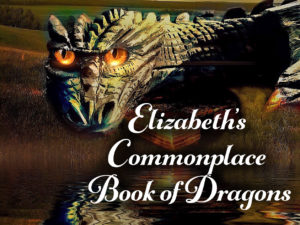
Peek into Elizabeth Bennet’s world of dragons through her commonplace book of dragon experiences. Today she learns about dragon types.
If you missed the start of grown up Elizabeth’s adventure with dragons, check out this post . If you missed the first installment in Elizabeth’s Commonplace Book, you can find it here.
September 1801
Though Papa has said he would introduce me to Longbourn, it has not happened yet. I had no idea there would be so much to learn. It seems as though dragons are as particular about etiquette as Mama. Each type has a particular way in which they must be greeted and I must learn them all.
Papa thinks I should begin by learning the different types and once I know that, it will be easier for me to understand how to greet them. Truly though, I do not know what is wrong with “Good day, I am pleased to make your acquaintance.” He insists that that would be insulting, though. So I apply myself to learning the different dragon types.
According to the dragon lore recorded by the Blue Order, the dragons of England are organized by type according to the shape of their heads. There are snake types, wyrm types, dragon types and bird types. I found some reference to water types too, but it seems the Blue Order is not anxious to talk about water dragons. I wonder why. Perhaps I should ask Papa.
There are various kinds and strengths of dragons within each type.
I find it strange though that the bird types are not the only ones with wings, that the snake types are not the only ones with venom, and that snake-types can have legs. Papa says that means I am thinking like the dragon-deaf when I say that. I do not suppose he meant that as an insult, but I found it offensive. I will make sure he does not say such a thing of me again.
 Snake Types
Snake Types
The snake type dragons all have a thin, narrow head like a normal snake with large eyes on either side of the head. Many have fangs and all have a long forked tongue–I think all dragons have that. I have learned about three major and two minor snake types, though there may be more that I do not yet know about.
Amphithere:
The Amphithere is the loveliest of dragons, at least according to what I have read. Although they are snake types, they have lovely wings and bright feathers that enable them to fly. I do not think the images in the bestiary do them justice. Once I have the opportunity to meet one myself, I shall make a better picture of it.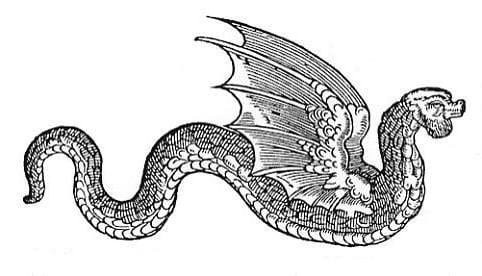
Basilisk:
Dragon lore says the basilisk is the king of snakes, with for lizard like legs and a tuft of feathers that resembles a crown on its head. Mythology says its looks can kill, but that is not true. Papa says their appearance can be so frightening that when one sees it, one might be scared motionless. In the days before the Pendragon Treaty, that usually meant death at the jaws of the basilisk.
They are ill-tempered as a whole, and considering how grumpy dragons tend to be, that is saying a great deal. They like neither man, nor dragon. Major basilisks tolerate keepers because they have to, but minor ones rarely have Dragon Friends.
Blue Pa Snake:
Papa met a Blue Pa Snake once and he said the descriptions in dragon lore do not do it justice. While it may look like an enormous, unnaturally colored snake, it sounds like something entirely different. Imagine an entire regiment of soldiers drumming in rhythm as they approached. That he says approaches the sound a pa snake makes as it travels along. I have read they also have hoods like Indian cobra snakes and great long fangs, but Papa said nothing about those.
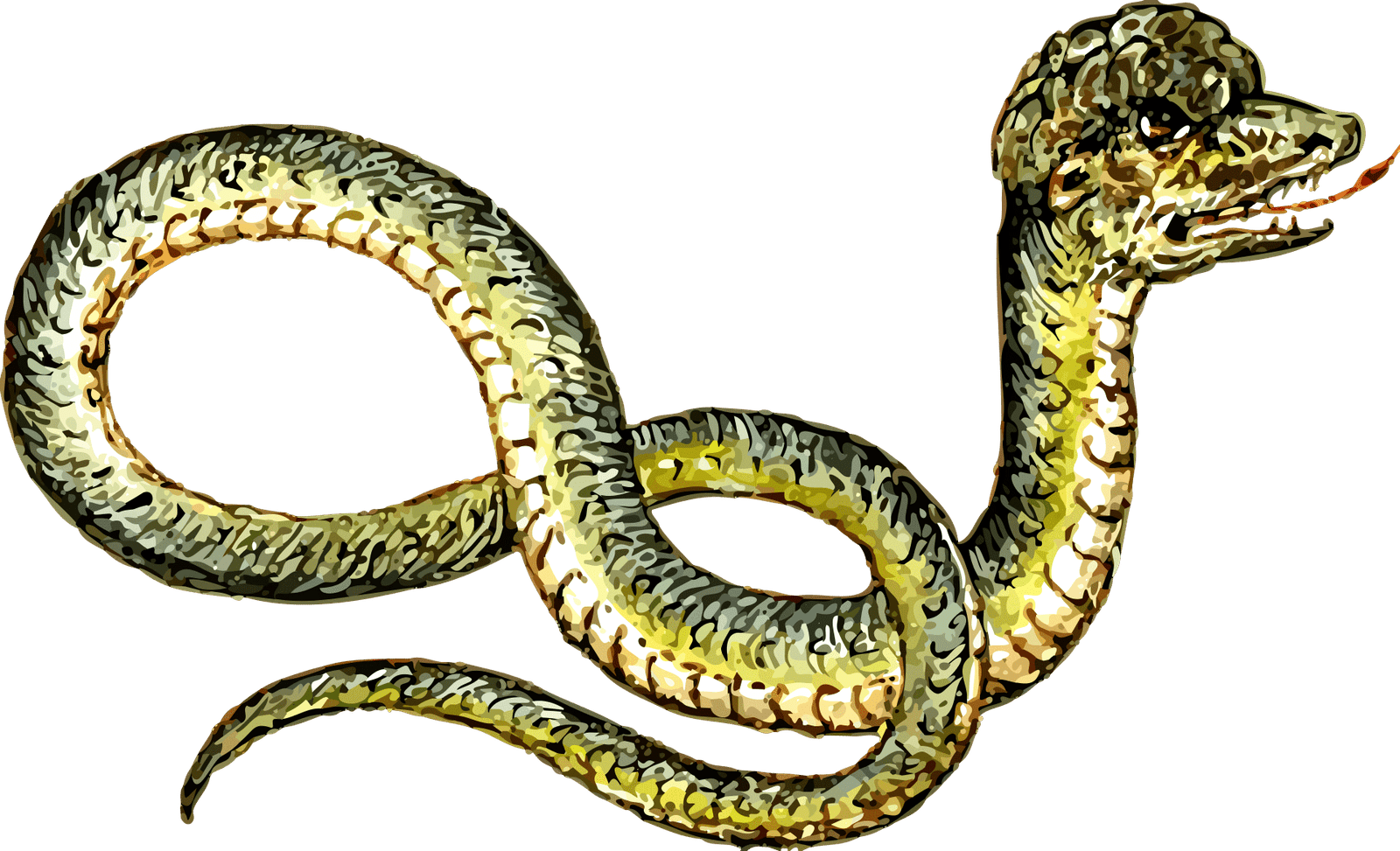 Zaltys:
Zaltys:
I met a wild zaltys in the woods between our house and Lucas lodge once. She was a very pretty little thing. Long and dark green with a head ridge that looks a little like a bad lady’s hat. They are said to be very good luck to one who finds a zaltys, but the one I met had just drunk a saucer of sour milk by mistake and was rather out of sorts at the time. I am sure she would have been quite sweet otherwise.
Wyrm Types
 Wyrm type dragons are often confused with snake type dragons because they have long thin bodies like snake types. Their heads though are very different. Their jaws tend to be square and toothy, although some have a decidedly feline look to them. Nearly all have fur or a bushy mane of feathery or spiny structures.
Wyrm type dragons are often confused with snake type dragons because they have long thin bodies like snake types. Their heads though are very different. Their jaws tend to be square and toothy, although some have a decidedly feline look to them. Nearly all have fur or a bushy mane of feathery or spiny structures.
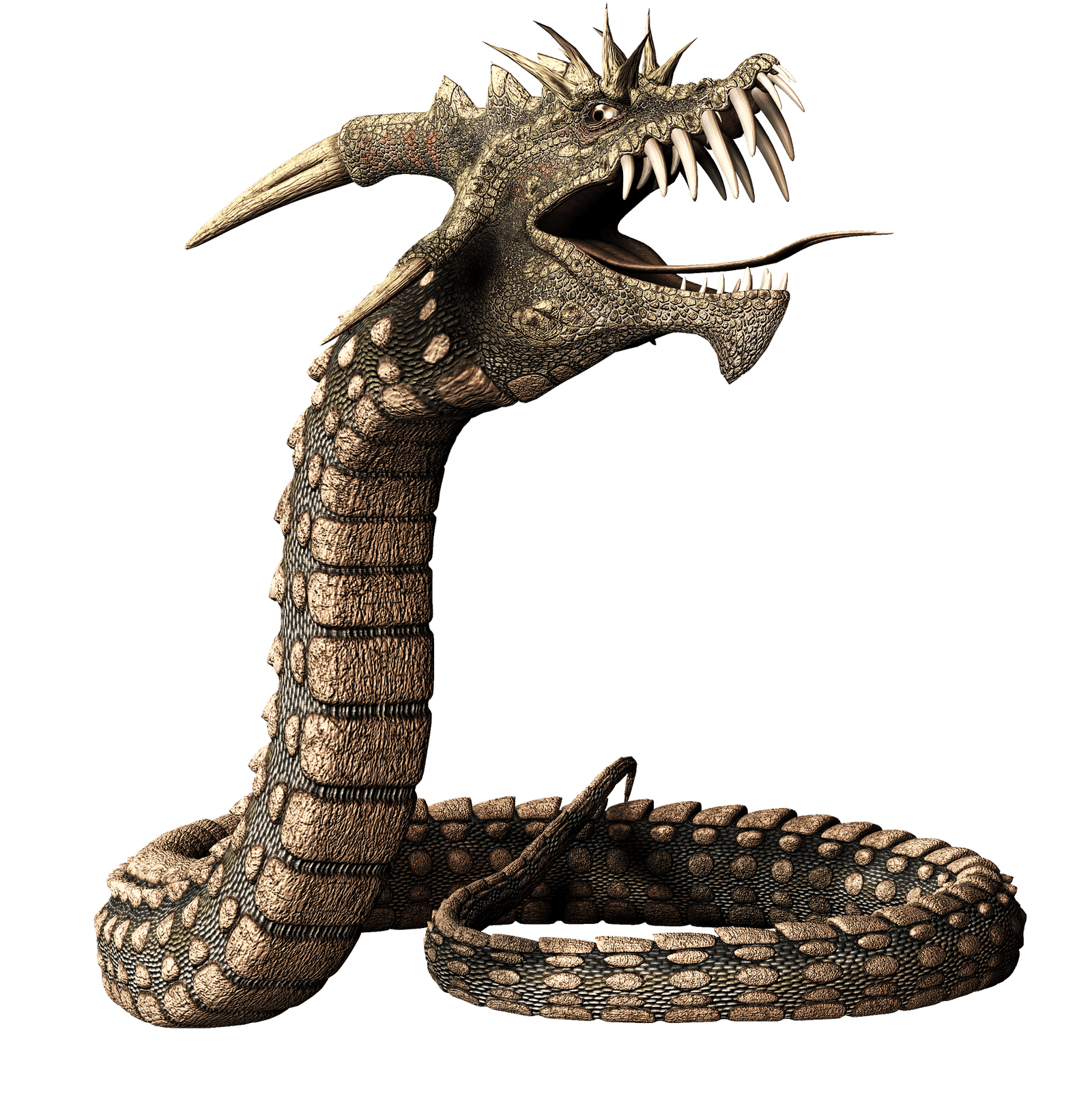 Wyrms
Wyrms
The Lambton wyrm is perhaps the most famous English example of this type of dragon. I have heard though that while the beast was, or perhaps is indeed real, the likelihood of it being an actual wyrm is very slim indeed. Few wyrms are powerful enough to earn a place in myth.
Wyrms are relatively weak as major dragons and even weaker still when they are small. They tend to inhabit soft terrain that they can burrow through easily. They do not like to be stepped on and can deliver a nasty bite when it happens. That injury was a bit difficult to explain to Mama and it festered so. I do not want to repeat that mistake.
Lindwyrms
These major wyrms have powerful forelegs which they use to burrow through even hard ground, making them range farther than other wyrms. They have an unfortunate taste for horsemeat, which makes them very unwelcome near the settlements of men, particularly on the continent where interactions between dragons and men are not governed by the Pendragon treaty.
I have also heard that many lindwyrms have a penchant for learning and philosophy, even art. Their forepaws can be nimble and some, it is said, can even write and draw. How wonderful it would be to exchange letters with such a dragon. I wonder if it might be possible.
Oh tatzelwyrms! How I love the little fuzzy dears. Cat-like in front and snake-like in the back, they move around by coiling their long bodies and hopping forward a bit like a spring. Some say the spring-hopping along addles their brains and leaves them quite daft.
I do not think Rumblekins, the tatzelwurm who lives in the field, is daft at all. He is dear, if a bit silly and stubborn. So far, he is the favorite dragon I know.
Botheration! Mama is calling for me. I must continue this assignment another day.
Get the series in ebook and paperback!
Please support this author and this site by using this affiliate link.

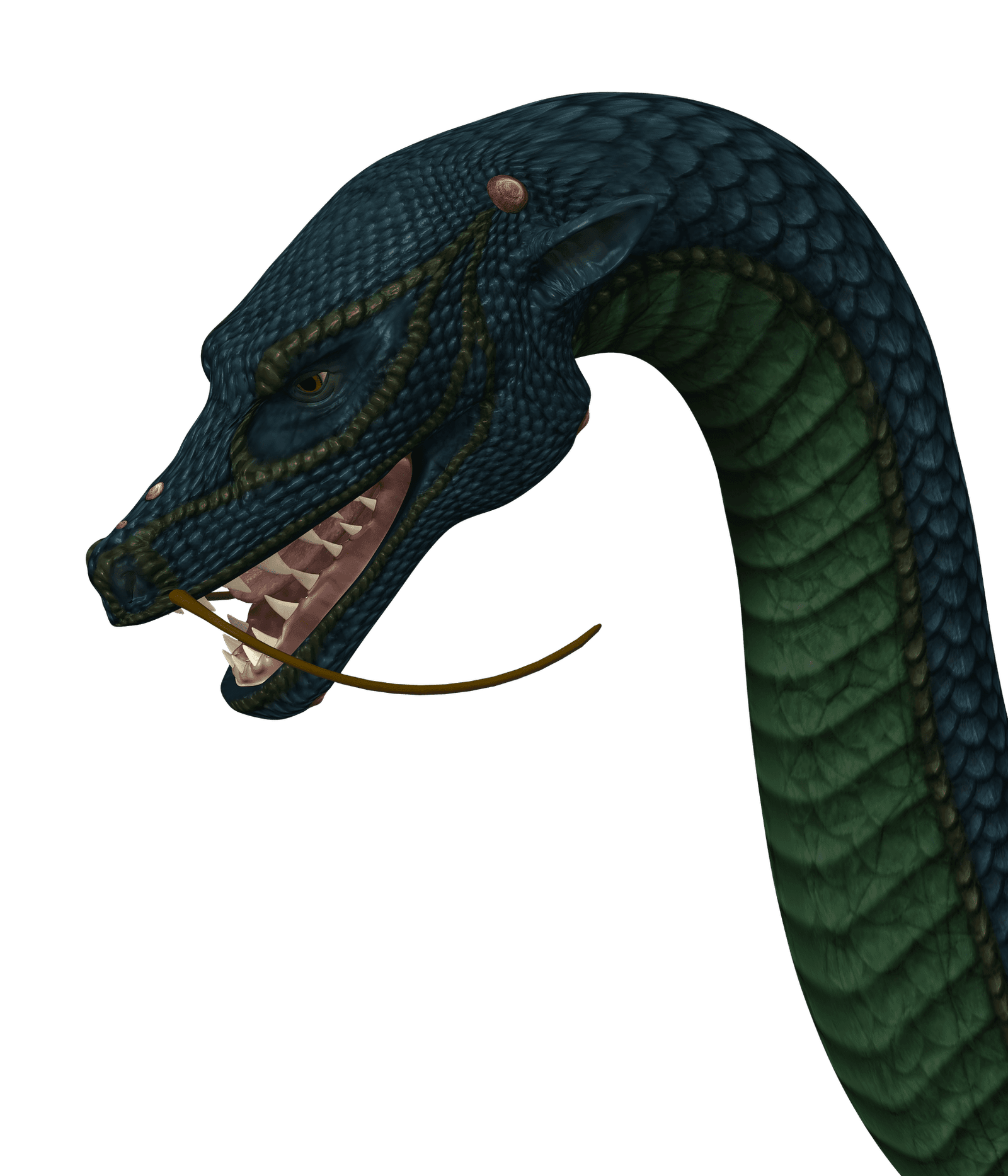 Snake Types
Snake Types
I love this. I am in high anticipation of the next book.
Thank you Mary! I’m getting excited about writing it now!
This is so sweet!! I love little Lizzy’s voice. And such interesting information too, it’s nice to be able to put a form/face (sort of) onto your dragons’ names.
I enjoy getting to spent time with young Lizzy–she’s got a very interesting take on things!
I loved how Lizzy thought how wonderful it would be to exchange letters with a Lindwrym. Her affinity to dragons and looking at them with a less critical eye than her father, makes her so endearing. I must say your development of all the types and and their personalities is well done! Looking forward to the next book!!!!
Thanks so much Carole. I have such fun spending time in the dragon world!
Learning about the different types of dragons is fascinating!! 😀 I love hearing little Elizabeth’s voice in her writings.
What is your source for all things dragonish? Or are these lovely creatures products of your vivid imagination?
Thanks for teaching us more about dragons! I can’t wait to see what happens in the third book!! I’ve already read the other two twice each. 😉
Warmly,
Susanne 🙂
I have been trying to start from established mythology, then add my own spin on it. So they are not entirely original, but a lot of the details are. Like the ‘thumb toes’ on tatzelwyrms. Those are my addition, inspired by the rathor dragonesque polydactyl cat we got from my son. I also try to reference existing creatures. Major dragons are apex predators and I try to parallel some of those realities as well. So, yeah, its a bit complicated. hanks, Susanne!